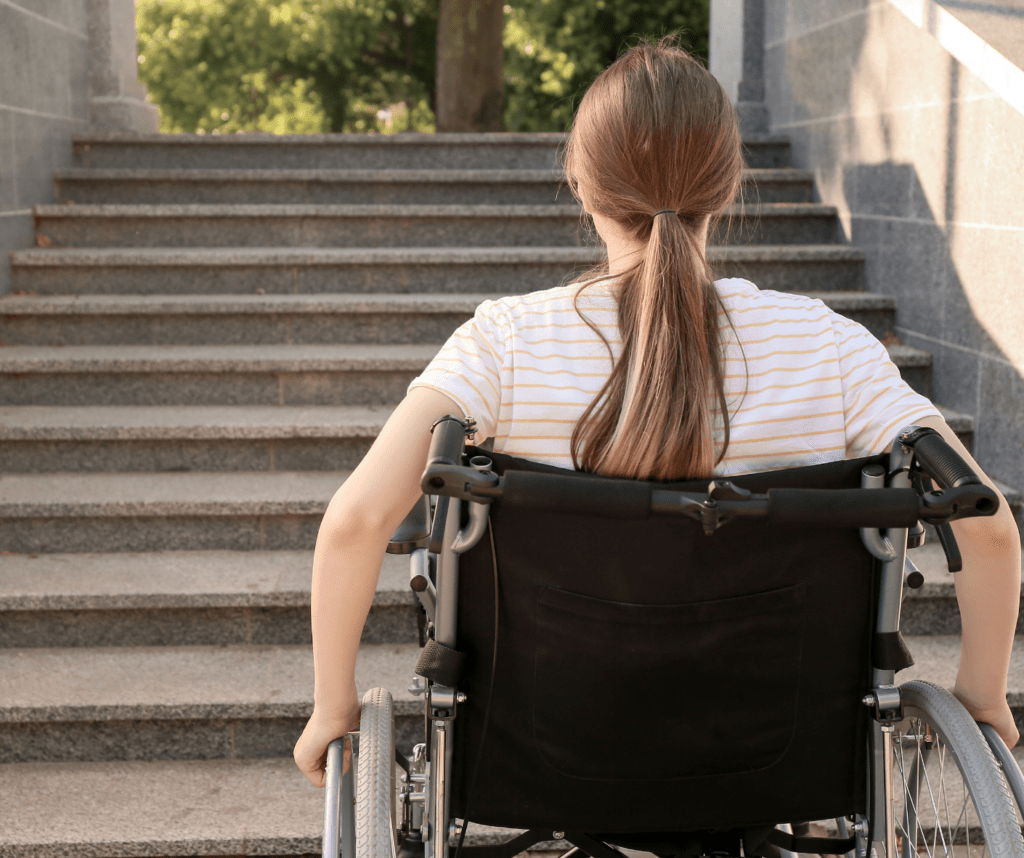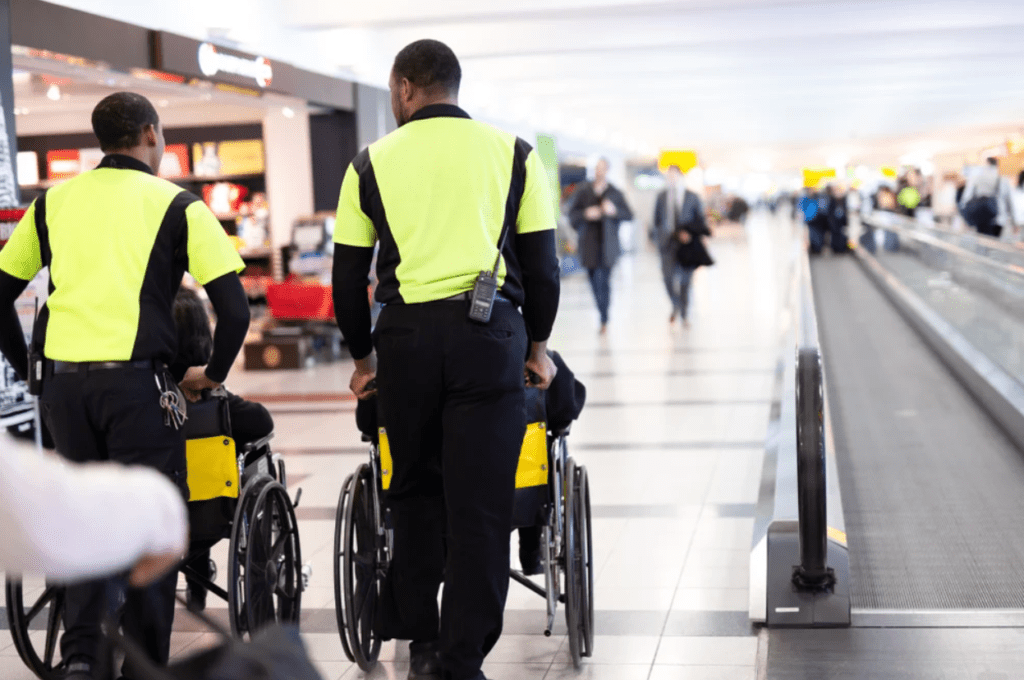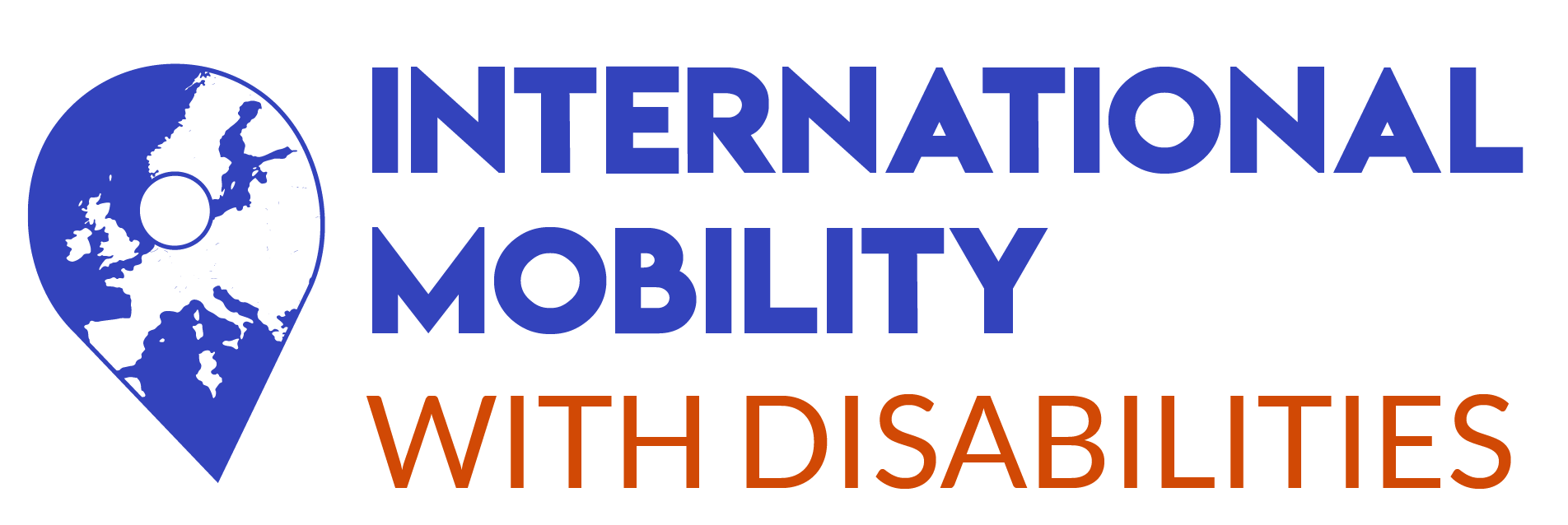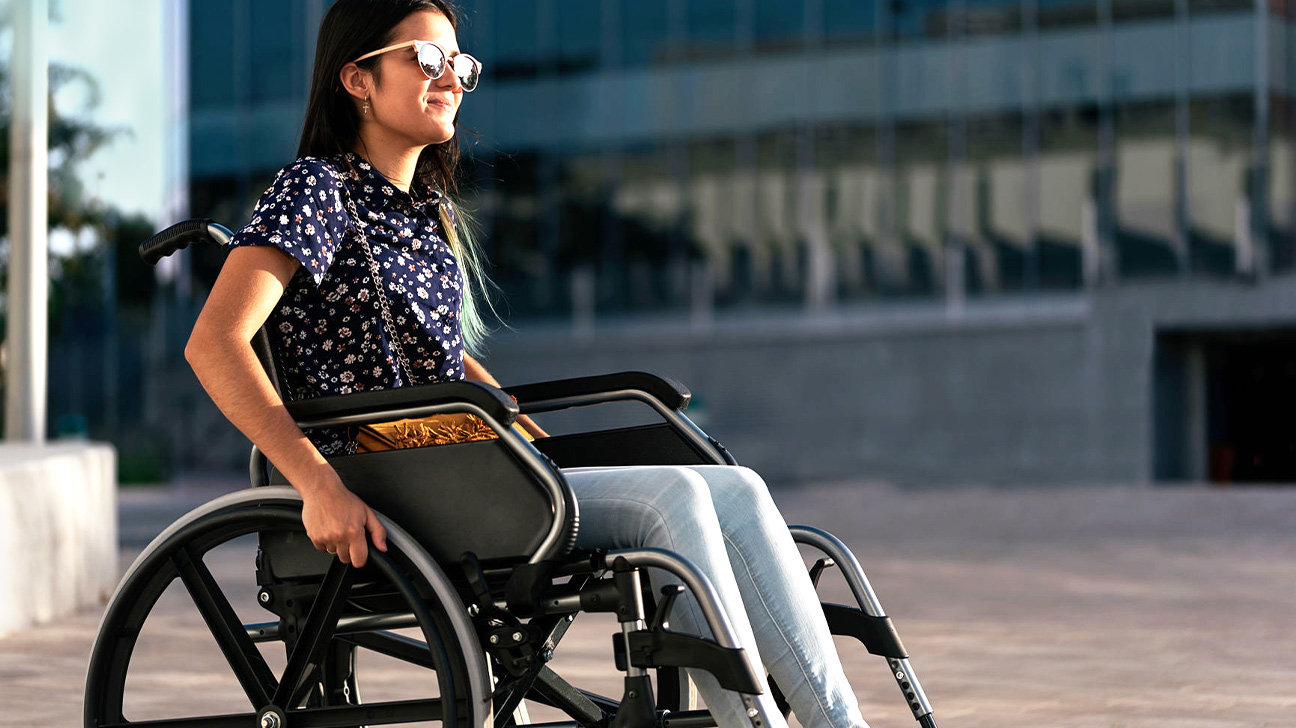Hi, everyone, my name is Ivona Šeparović. I am a journalist, and I am 33 years old. Today I’m going to share with you stories of my challenges with mobility.
Firstly, I want you to know that I actually don’t like travelling because of the challenges I will mention further. When I was a little girl, I travelled with my family a lot, mostly for my treatments and I must say, I enjoyed it very much. Although travelling always includes lots of challenges and uncertain situations, I felt safe surrounded with family members. Similar situation was on the excursion at the end of elementary school. My mum was there officially, as one of the teachers, and my sister as my personal assistant. We took a wheelchair and we had no difficulties avoiding stairs. We had planned everything in detail before the trip and it was fantastic.

Budapest
At the beginning of high school I went on a pupils’ exchange trip to Budapest. I wasn’t sufficiently aware of the support I needed nor confident enough to ask for help. My sister accompanied me as my personal assistant too. I cannot remember why we hadn’t brought a wheelchair, but it was just one of many problems. Hungarians spoke poor English, so we had difficulties communicating. Although I trusted my high school teachers, there were misunderstandings in Budapest. My sister and I spent a lot of money on taxis, because we didn’t know the schedule in advance. It seemed to me that stairs were everywhere we went. I was exhausted from walking and, because of that, avoided sightseeing. Instead, I used all my free time to sleep. I could hardly wait to come home.
Vilnius
In the year 2009, I travelled to Vilnius (Lithuania) with other Zamisli’s volunteers. That is when I became aware of all the benefits of the airport personal assistance. Open communication in Zamisli’s team ensured excellent conditions for my mobility in spite of many barriers and bad weather conditions.
Belgium, Germany, Austria
The following year I went to Namur (Belgium). That trip gave me the opportunity to experience all consequences of inaccessibility. In my sign-up paper I hadn’t mentioned that I was a person with a disability, so I was given a room on the first floor. The hotel only had a delivery elevator. But the inaccessibility adventure had started much earlier, with three train transfers.
The first problem we couldn’t solve showed up in Munich, as I didn’t have a Euro key for toilets for persons with disabilities. In fact, every German citizen with a disability gets that key by post at their home address. But obviously none had ever thought that some tourist would need it as well. So, no one at the train station had that key. Yes, this was in Germany!
When we finally got to Namur, the conference which we were attending started with a photo shoot. We had a board on which we were supposed to write what mobility is for us. “Mobility is freedom!”, was the sentence which both the president of Zamisli and I wrote without any consultations. I felt that real freedom only two times during our trip.
The first time was also the most memorable to me (in a positive way). It happened in Ghent, when we got on the train to Namur. While entering our train compartment, I met a lady who asked me if I needed any help. I said yes. Although she seemed to have heard me, she didn’t move at all. After half a minute of confusion, I asked her if she could help me and she replied: “Could you please, tell me how to do that?” As all of you know, that was the most correct approach possible, but this time it surprised me so much that neither I was ready for it myself.
The second surprise was when a waiter at a pizza place in Graz (Austria) did not want to charge me for the coffee I had, because he thought he had humiliated me with the fact that the toilets were upstairs and I needed help to get there. Incredible! The most interesting fact is that this happened in Graz, the most accessible city I have ever been in. Rooms there were adapted to the smallest detail. For example, they had a shower enclosed by a curtain (without a cabin which is usually hard to close). The rooms were broad, and there were handles inside the shower. The toilet bowls were not raised high, and there were handles on both sides, of course.
Ljubljana
In 2015 I applied for the training “Me too” in Ljubljana (Slovenia), about inclusion of youth with fewer opportunities in social activities. We were discussing accessibility a lot, even before the training started. Organizers provided a wheelchair and a personal assistant for me. I think that openness in communication and planning were the keys to my successful participation. Despite the professionalism and goodwill, we could not avoid all obstacles : I had a shower in my room with a tub that was too high for me and the alternative was a narrow shower cabin that had to be closed during taking shower. Luckily, I had my personal assistant to help me take a shower, but I don’t even want to think what could have happened if I had been there alone.

London
In April 2019 I visited London. When we arrived at the airport in Venice, the airport assistance was impressive. As soon as we approached one of the staff, he called the person with a special emblem on his suit to help us. He gave us a pager which rang to notify the time I had to be at the Info point. When the assistant approached me, he first asked me who I would like to drive my wheelchair: him, my mum or myself.
During the security check, you do not go through the detector, but you are examined by a security staff after they ask you whether you allow them to touch you and if you feel any pain in the body. After the security check, you enter an accessible van that takes you directly in front of your plane. The personal assistant and the driver of the van then raise the ramp of the vehicle, which is connected to the door of the airplane.
Before getting on the plane, the assistant asks you if you want to walk ten steps leading to the airplane door, or if you want to stay in the wheelchair. Only when you sit down in your airplane seat, flight attendants give signals to the airport assistant to leave the plane. After landing, the flight attendant approaches the person with a disability and they wait for another airport assistant together.
What’s next? The slopes near zebras are mostly accessible and the road is free of cracks so there is no fear that the wheelbarrow would fall into a hole. City buses (even double-Deckers) have a special place for a wheelchair and below the handrail there is a bell to let the driver know that you have arrived at the station you need to go out. Getting on and off the bus is no problem, either; if the pavement is not lowered enough and the bus does not have an electric ramp, the driver goes out and lowers the metal ramp. Other passengers patiently wait for their turn to leave the bus, as if they had been warned before to wait for the wheelchair to pass.
Almost every public space in London has a toilet for the disabled, but more accessible than in other countries, as the toilet bowl is lowered and there are handles on each side. Each “normal” toilet in public places is large and wide enough to enter with a wheelchair. Although washbasins in England typically have two taps (separate for hot and cold water), curved washbasins for persons with disabilities have only one, ordinary tap.
Visiting museums and theaters is easy, even if the person in a wheelchair is coming alone. Personal assistance is also provided there, so support staff goes into the elevator with the person with disability.
Staff communicates with the radio, to ensure that no more than three people in wheelchairs are in at the same time, for safety reasons. Of course, before starting the tour or the show, one of the staff always explains to you each next step in advance, asking the same question again and again: “Do you want to walk on that section or you want to stay in the wheelchair?”
It is this “additional” question that completes the story about accessibility and people’s awareness of the problem, which English society, certainly, has. London society (and probably British in general) is aware of the importance of ensuring the conditions for a completely independent life of people with disabilities.
After all these adventures, I have realized that there are, in fact, five keys things for overcoming mobility challenges:
- Raising awareness of a person with a disability about his or her real needs;
- Empowering a person with a disability to identify challenges alone and to actively participate in finding a solution needed;
- Open communication with all participants of mobility trainings;
- Flexibility in planning activities;
- Advance planning.
Thank you for your attention!

